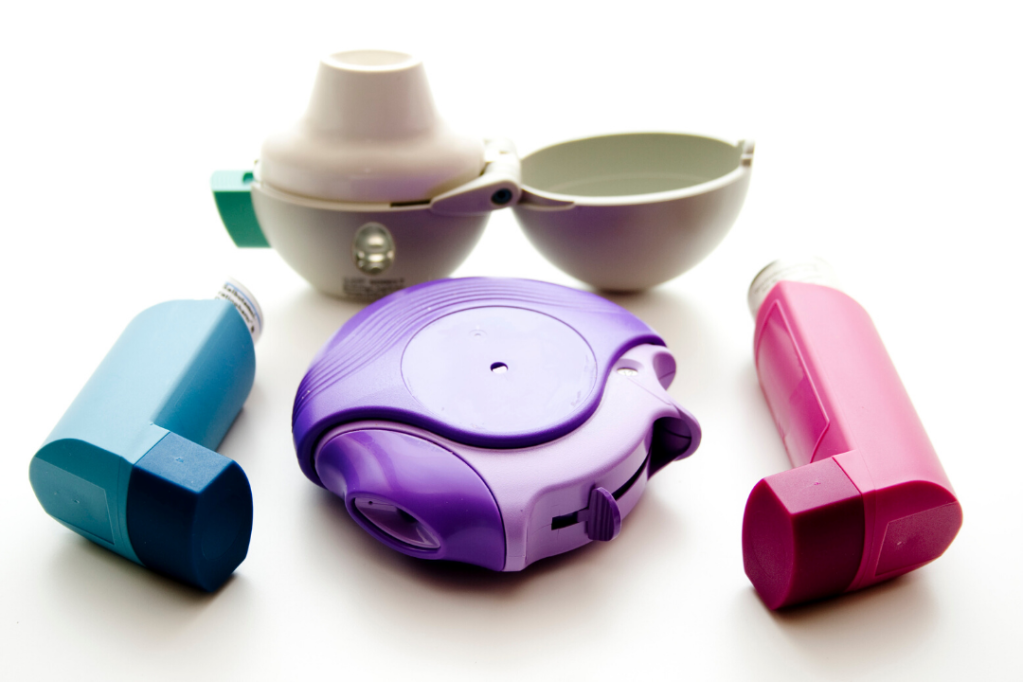
1) Plan your meals each week!
Start each week with a plan in place and know what your meals will be each day. There are lots of really tasty heathy options for you to enjoy – you just need to do your homework. Be adventurous and try something different so you don’t get bored of your meals. Before you leave for the shops write down everything you need so you don’t forget anything. And remember to shop local for your fruit and vegetables – lots of great bargains and you’re supporting smaller Irish owned businesses!
2) Stay off the scales, as much as possible!
It can be tempting to weigh yourself every day, or more, while trying to lose weight. However we would advice against this and suggest picking the same day each week to weigh yourself. There are so many factors that can affect your weight on a daily basis so it’s better to pick one day a week and stick with that.
3) Start taking Apple Cider Vinegar!
A good supplement like Apple cider vinegar is great to kick start healthy eating. Studies have shown it helps support weight loss and metabolism by helping to keep you feeling fuller for longer. You can get it in liquid r tablet form but I would recommend tablet since it’s super easy to take – 1 tablet with a large glass of water at breakfast and you’re done!
4) Add a bit of spice!
Why not add some spice, such as chilli, to your dishes? Not only can it jazz up a meal but studies have shown that spice can boost your metabolism and help burn more calories.
5) Sleep, sleep and more sleep!
A good nights sleep is a very important part of the weight loss journey. A poor nights sleep leaves you feeling tired and less motivated to stick with your healthy eating and exercise plan. I would suggest taking 30 minutes before bed each night to wind down. Put away all devices, turn off the TV and maybe read a chapter of a book.
Also remember weight loss is a journey and can take time when doing it properly. If you have a bad day, or week, with food and exercise then just start again – it’s not a big deal.
Suggested support products:
Revive Zest
This is one of my favourite products! It’s a multivitamin that is dissolvable in water, is very affordable and really helps boost my energy so I’m less tired or fatigued.
New Nordic Apple Cider tablets
As I mentioned in Top Tips, Apple Cider Vinegar is great to kick start healthy eating and support weight loss.
Please note we are implementing safety measures in response to COVID-19 which limits 2 people per store. Please respect your fellow shoppers and maintain a distance of at least 2 metres at all times. If you are experiencing any symptoms such as fever, shortness of breath or cough please DO NOT call into your local Pharmacy or GP and phone instead. If you suspect you are showing symptoms of COVID-19 you should self-isolate and contact the HSE on 1850 24 1850.
























